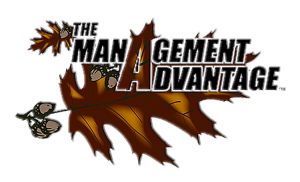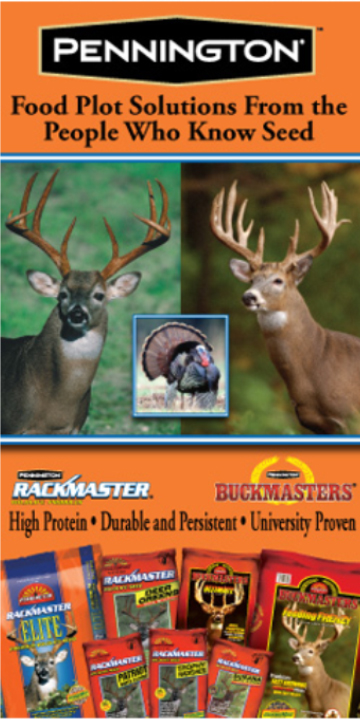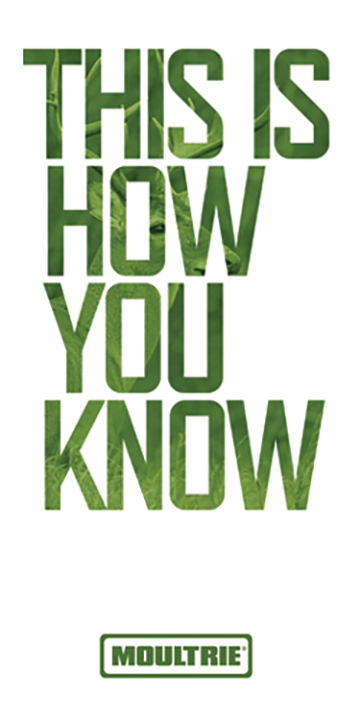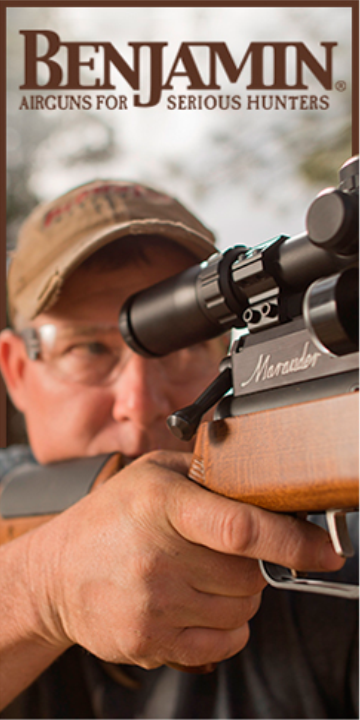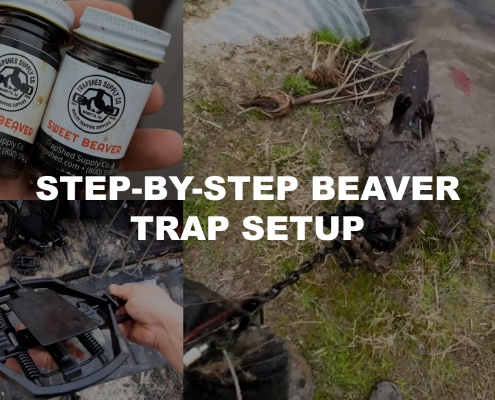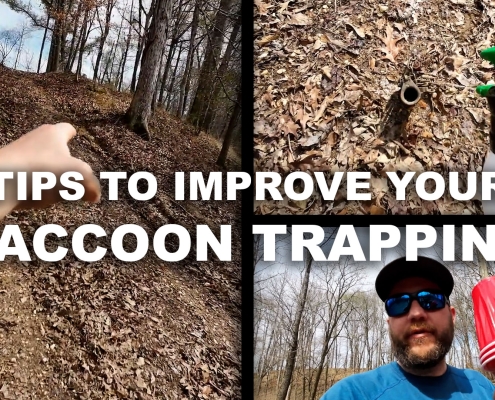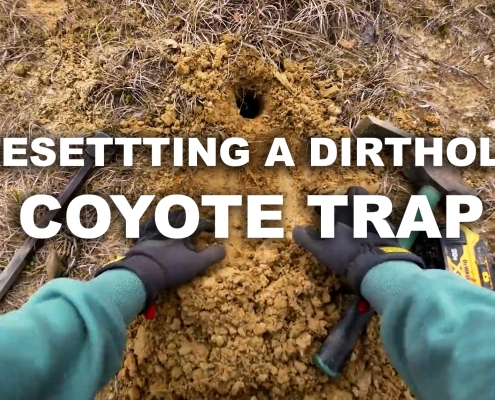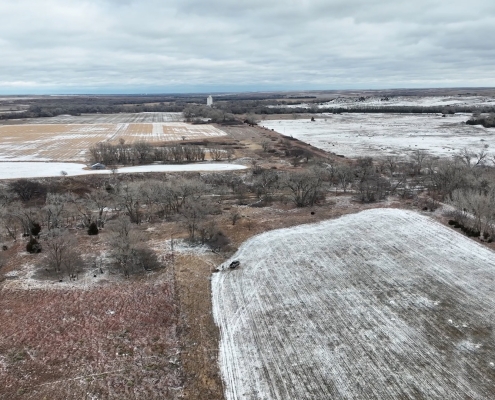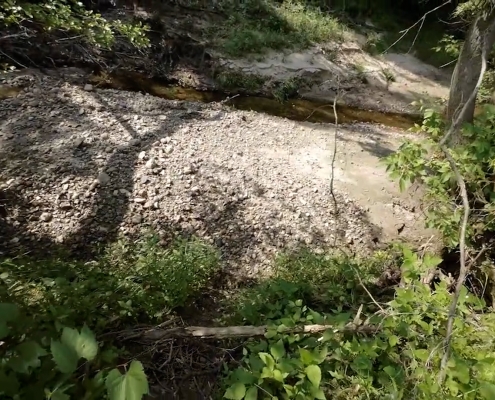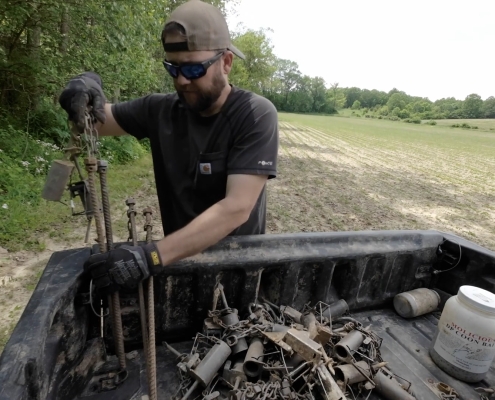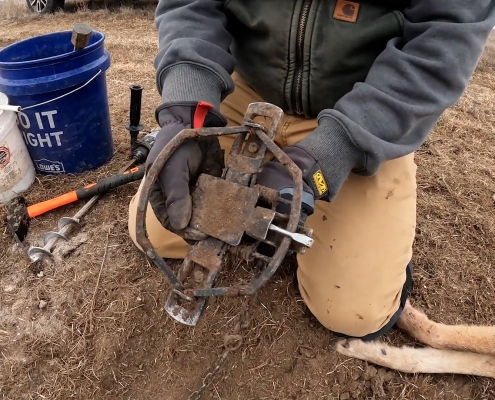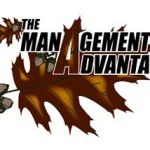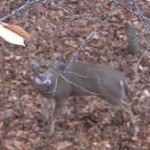Trapping Coyotes
Last week we covered some of the basics of trapping coyotes. The great response we received from last week’s show has prompted us to produce another on trapping. You, the viewers, are what drives The Management Advantage and topics that you want covered are topics that we are going to cover.
Much of what Casey has learned about trapping has been from the FTA Trapping College and Robert Waddell, who is a professional trapper, but there are tricks he has learned himself along the way. A very vital point to remember is to not abandoned a trap location after catching one coyote. Don’t think that because you caught one there it can’t happen again. The coyote you trapped has left scent in the location and what better lure to use than from the source itself. Another coyote will smell the scent left and can’t help but investigate. Casey was able to catch 3 coyotes in 4 nights in one location. After the fourth night, the trap went cold, but sign was still present from other coyotes. By simply moving the trap just 40 feet, he was able to continue trapping coyotes in that location. Coyotes are smart, but simple changes in the setup can be all it takes to outsmart them.
The right equipment is vital to predator management and trapping success. Casey gets the majority of his equipment such as traps, a hammer, and lure from Minnesota Trap. As with anything, these products cost money, but the great thing about trapping is you are able to recoup some of your expenses by selling the furs. You’re not only helping deer and turkey on your farm, but you’re also making a little money. A way to further your efforts is to combine raccoon sets within your coyote lines. Raccoons are nest predators that actively seek out turkey eggs. You’re already in an area setting for coyotes and placing a raccoon trap can be done quickly along the way.
A great way to learn the ins and outs of trapping is by contacting someone in your area that traps. You can learn it on your own, but getting first hand experience in the field is the best way to gain knowledge on trapping. Once you start, it gets in your blood and is a vital piece to a wildlife management plan.
